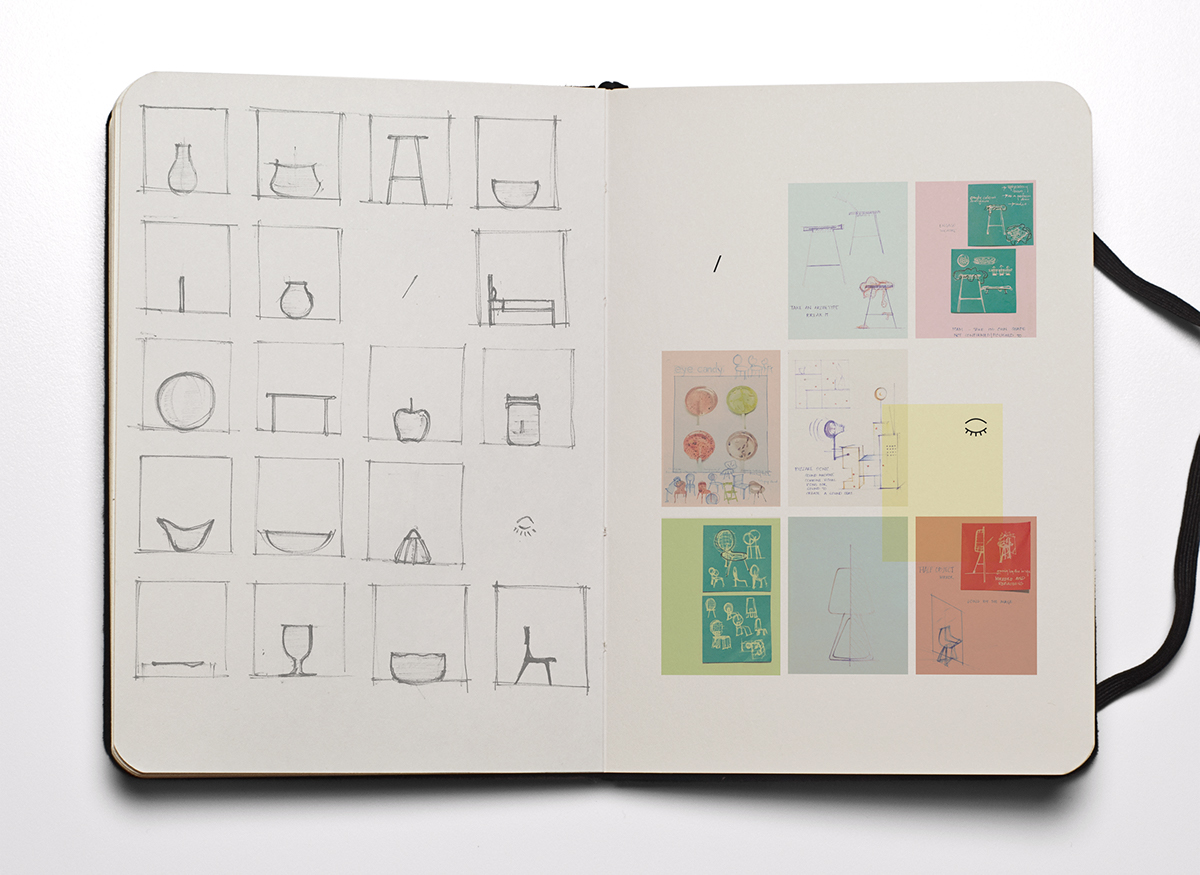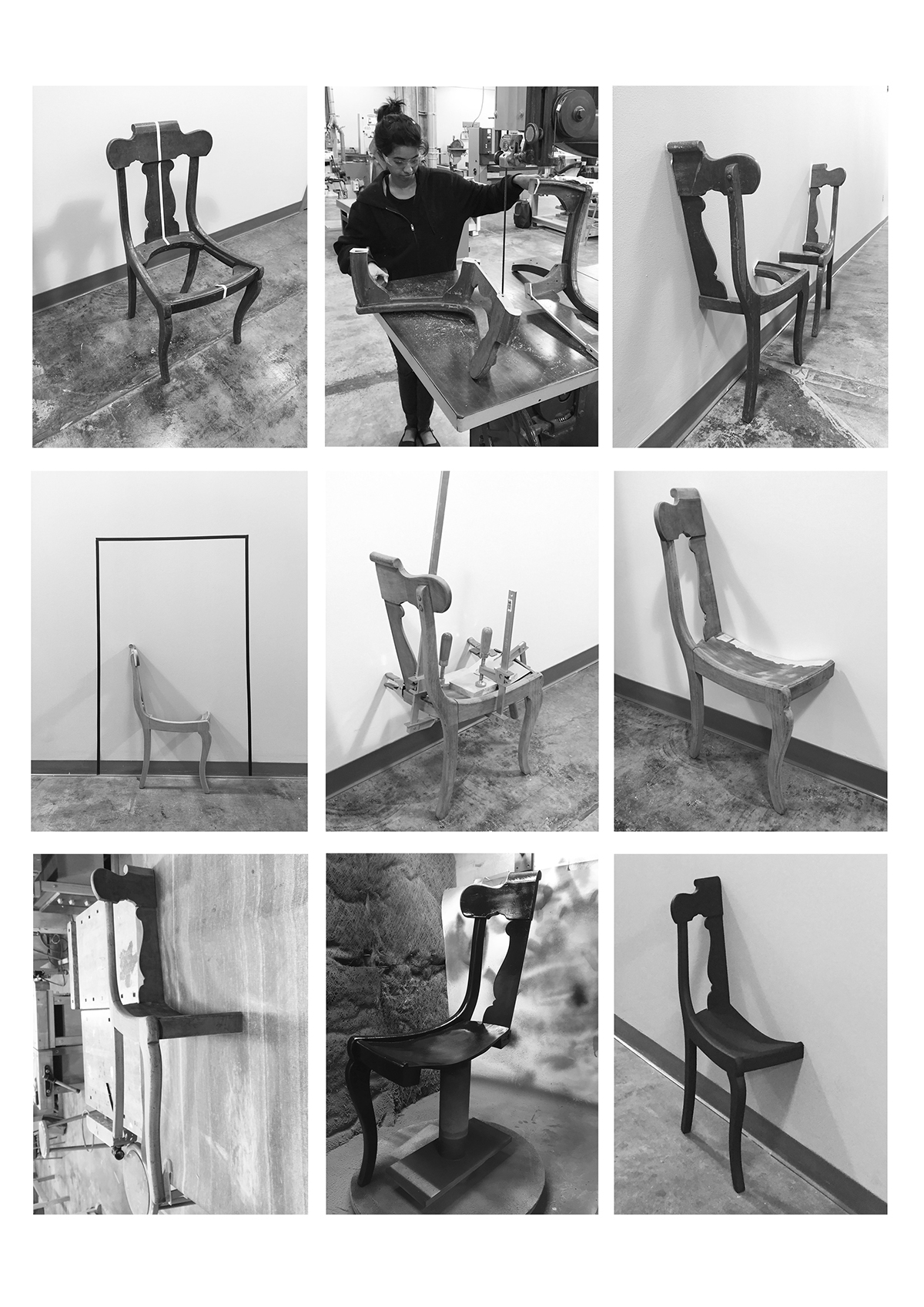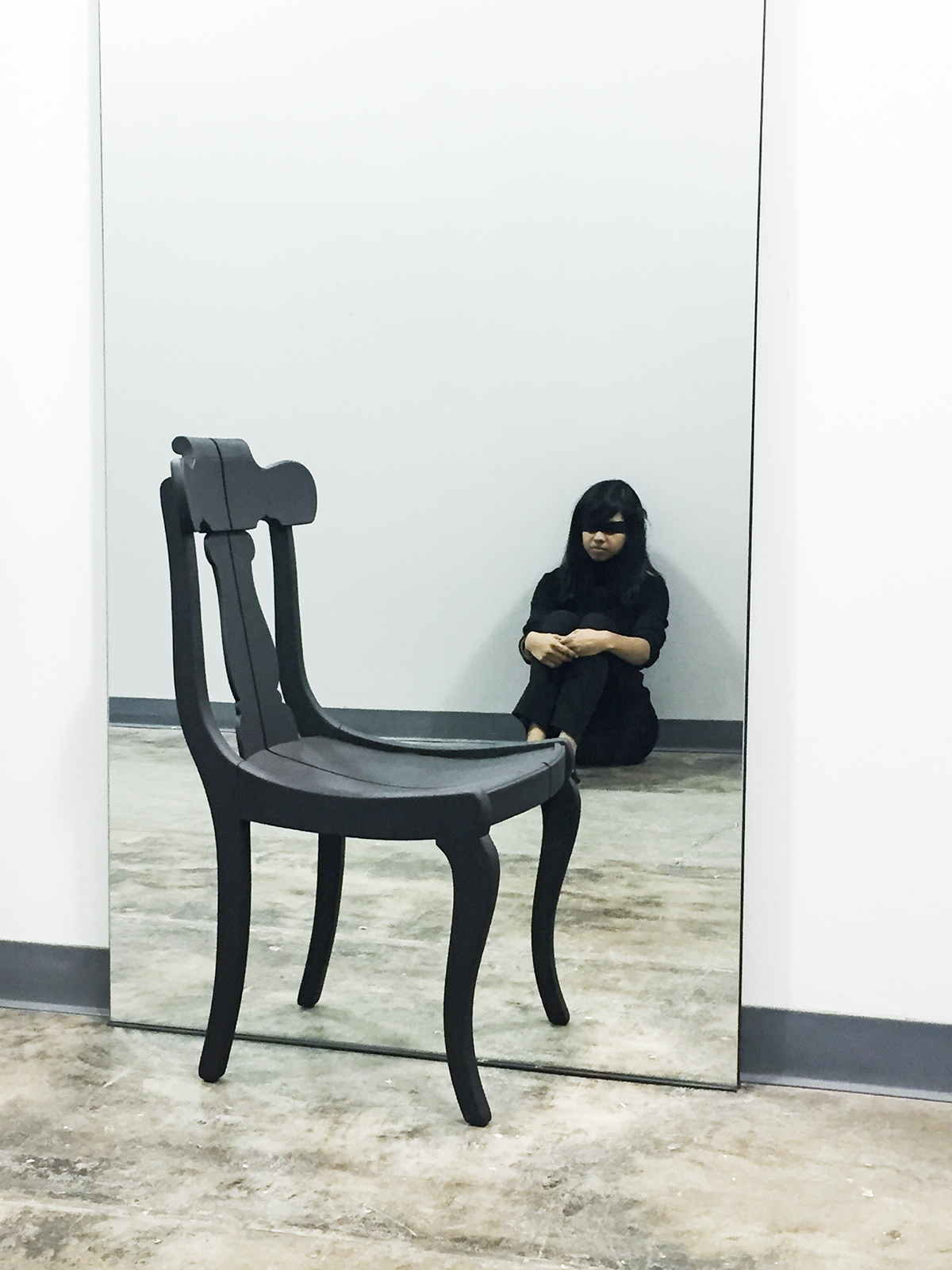A chair, rather humble, sits conspicuously in a space.
Wait. It isn’t.
It is only ….
What does it mean?
Somewhere amidst the eternal quest for beauty, formed a blurry haze between everything that was real and whole, and everything that appeared to be. ‘Half Object’ works as a silent critique of a world immersed in imagery. It demands inquiry and curiosity, and persistently tugs at you to make meaning.
You are taking a leap from the surface, from the picture, from what you see.






Project Statement /
Eye candy is described as visual images that are superficially attractive and entertaining but intellectually undemanding. There is a proliferation of eye candy in the market. Designers design eye candy, manufacturers produce eye candy, retailers sell eye candy and consumers want and buy eye candy.
In other words, objects are being created, sold and consumed by the visual.
I am against this visual culture, this system where the objects that surround us present little more than pretty pictures, infinitely hollow in their prettiness and mute to our brains.
We are all agents in this unconscious critique based on appearances. It governs our choices – from a keychain, to dinnerware, to our choice of cars, and these everyday choices offer the best validation to the fact that we are stuck within this bubble of beautiful things. The danger with eye candy is that we equate what we see with the absolute – the truth – see to believe. We forget to experience things beyond the outer shell; to smell, touch, listen and taste and more importantly to think, opinionate and theorize. An easy example is IDEO’s design research for speaker design. Their research and feedback show that consumers spoke of sound quality as a top purchasing priority but in the end, chose their preferred model based on visual appeal. An object specifically designed to be heard was selected more on how it looked than how it sounded. Presented with this feedback, why would a designer or manufacturer spend effort and time and more importantly money on better sound quality?
This is precisely what Don Norman and Bruce Tognazzini bring to light in the article ‘How apple is giving design a bad name’. In a previous era the company was driven by values of easy user interface and universal design, and today with every iteration they compromise on those core values to make their devices that little bit prettier. They have reduced font sizes, eliminated buttons and hidden icons – but everybody is happy to have the world’s most beautiful phone.
If these examples are valid and suggest that objects are being produced with a reckless abandonment of any values beyond obvious visual appeal, then why is everybody happy? The answer probably is that this culture is an easy one – it has one objective and has created one demand. Any further critique on objects, their nature, and the experience it creates, its purpose in the world or its meaning would require – effort and time and a more intelligent consumer – all of which are bad for the market. This idea is well explained by Rick Poynor in his article “Where are the Design Critics?”
“Design’s default position, which most designers accept, whether they create products or graphics, is to grease the wheels of capitalism with style and taste…..it is one of the ways in which capitalism is most obviously expressed, and never more so than today when design is widely regarded as a miracle ingredient with the power to seduce the consumer......There is no reason why design criticism would not take a critical view of design’s instrumental uses and its wider social role, or the lack of it, but there seems to be little motivation to produce this kind of criticism”
The solution, especially as designers, is to create objects that engage beyond that pretty picture. Create an object that is an experience for all the senses that pushes our thinking and tickles our imagination.
What if the objects that surround us could make more intellectual beings of us all?!



